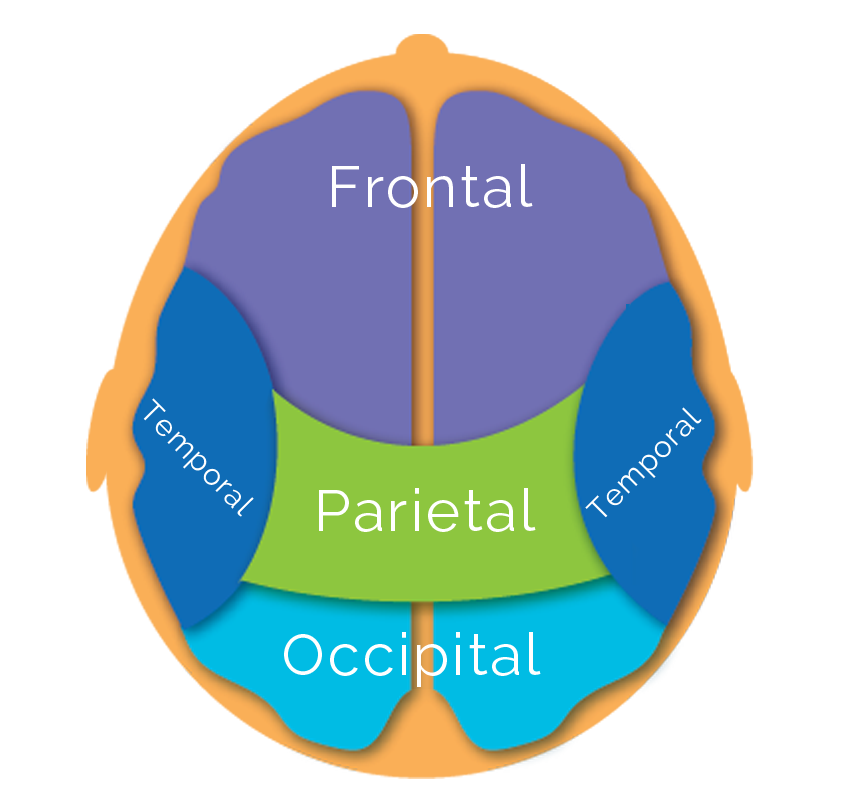Neurofeedback Therapy Overview
When our brainwaves are not operating optimally, it results in unwanted thoughts, feelings and behaviors that are commonly associated with ADHD and anxiety. Neurofeedback can correct the brainwaves to alleviate those behaviors and feelings. It's a form of treatment that helps the patient learn how to modify their own brainwaves patterns on demand, calming the mind, and reducing impulse behaviors and improving attention.
Neurofeedback painlessly measures existing brainwaves by gathering initial information from 19 specific sites on the patient's head. A statistical map of how the brainwaves are currently working is generated from this. A trained neurofeedback practitioner sets the parameters that ideal brainwaves should operate within.
During Neurofeedback training, the patient learns to keep their brainwaves within the set parameters using auditory and visual feedback. The patient watches a movie that darkens and lightens as brainwave patterns change. When the patient is able to generate brainwaves that are within the parameters defined by the neurofeedback practitioner, the movie is light, however, when the brainwaves fall outside of these parameters, the movie darkens and cannot be seen. This feedback allows the patient to know that they are training their brainwaves correctly.
Continuous training eventually creates long lasting changes to the connections in the brain reducing or eliminating the unwanted behaviors. Brain wave patterns improve and self-regulation occurs.
Want To See How Neurofeedback Can Help? Book a Free Consultation Today!
How The Brain Works
Before you can get a full understanding of how Neurofeedback works, it's important to also understand how the brain works, and the role that brainwaves play in the behavior we exhibit and the thoughts we have.
The brain consists of different parts that cannot operate in isolation, they must in fact talk to each other via electrical signals which are expressed as brainwaves. When the brain is functioning optimally the different parts are communicating with each other effectively. In an ADHD brain, or the brain of an individual suffering from anxiety, the brain is not operating optimally, and the different parts are not communicating effectively.
Neurofeedback therapy corrects the signal messaging to create the desired state change in the brain. This signal correction happens as a result of brain plasticity - meaning the brain is able to learn and change. When the signal messaging - the brainwaves - are regulated via neurofeedback therapy, the symptoms of ADHD and anxiety are reduced.
QEEG Testing
Quantitative electroencephalography (QEEG) is also known as brain mapping. Whereas electroencephalography (EEG) is the measurement of electrical patterns at the surface of the scalp, QEEG is the analysis of the digitized EEG.
Once initial information has been gathered from 19 specific sites on the patient's head, our technicians generate a benchmark of data to determine where the brain is not performing optimally, and where changes must be made to alter behaviors. Each QEEG brain map is specific to the individual patient, and from the baselines that are created, we customize an individualized treatment plan for maximum results.
Want To See How Neurofeedback Can Help? Book a Free Consultation Today!
Brain Retraining
Our neurofeedback practitioners analyze the patient's specific QEEG brain map after which a treatment procedure is chosen. Brainwave parameters are set - a defined range that the brainwaves must fall into in order for the brain to perform optimally. During the neurofeedback training sessions, patients have sensors placed on their head at the sites associated with their areas of dysfunction to measure whether or not the brainwaves the patient is generating are falling between the set parameters.
Patients watch a video that is controlled by their brainwaves. When the brainwaves fall between the defined parameters, the video is clearly visible, letting the patient know they are training their brain the right way. If the brainwaves fall outside of the defined range, the video darkens and is not visible. This feedback is critical in letting the patient know that they are producing the correct type of brainwaves that will result in altered behavior.








